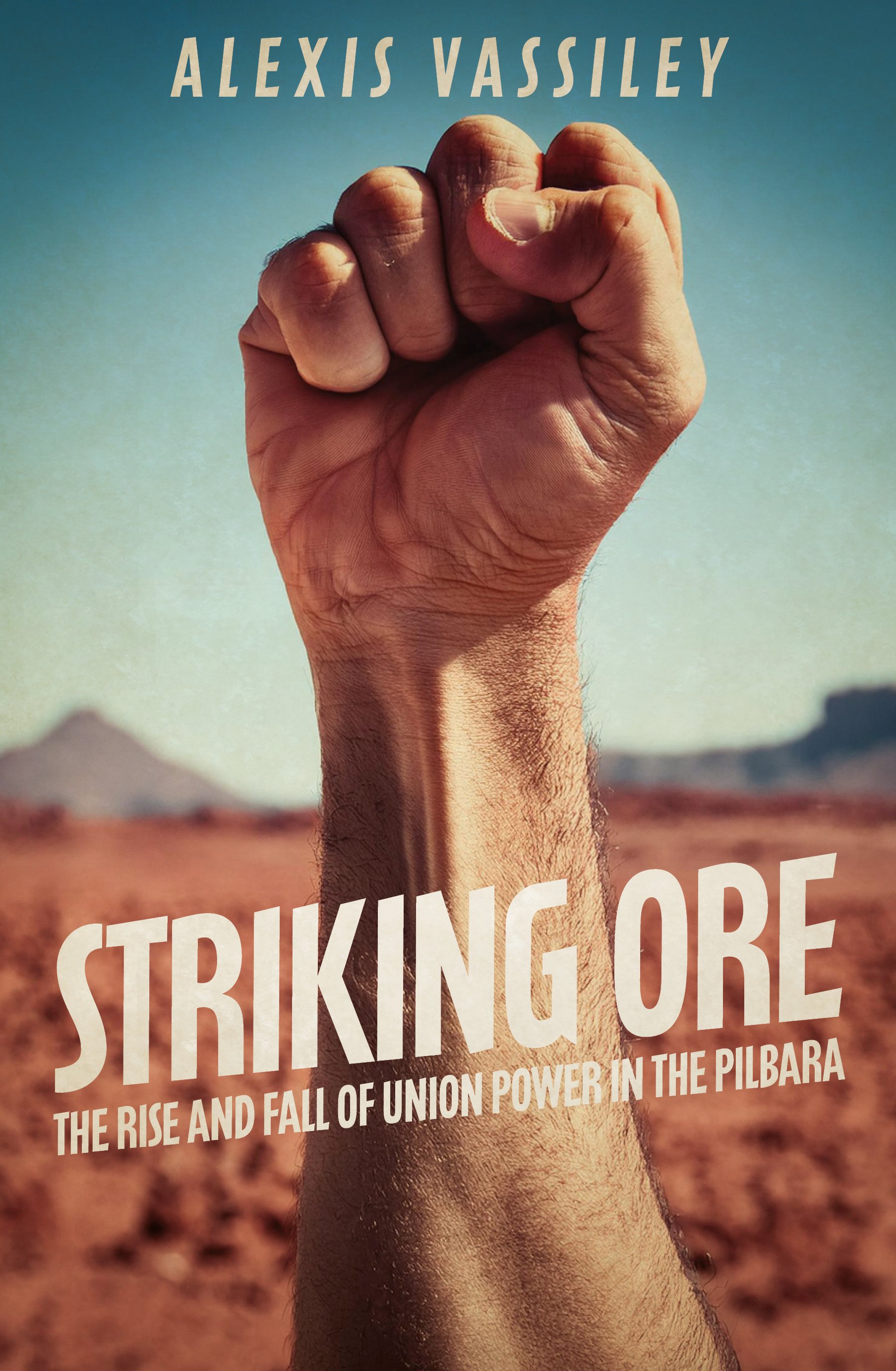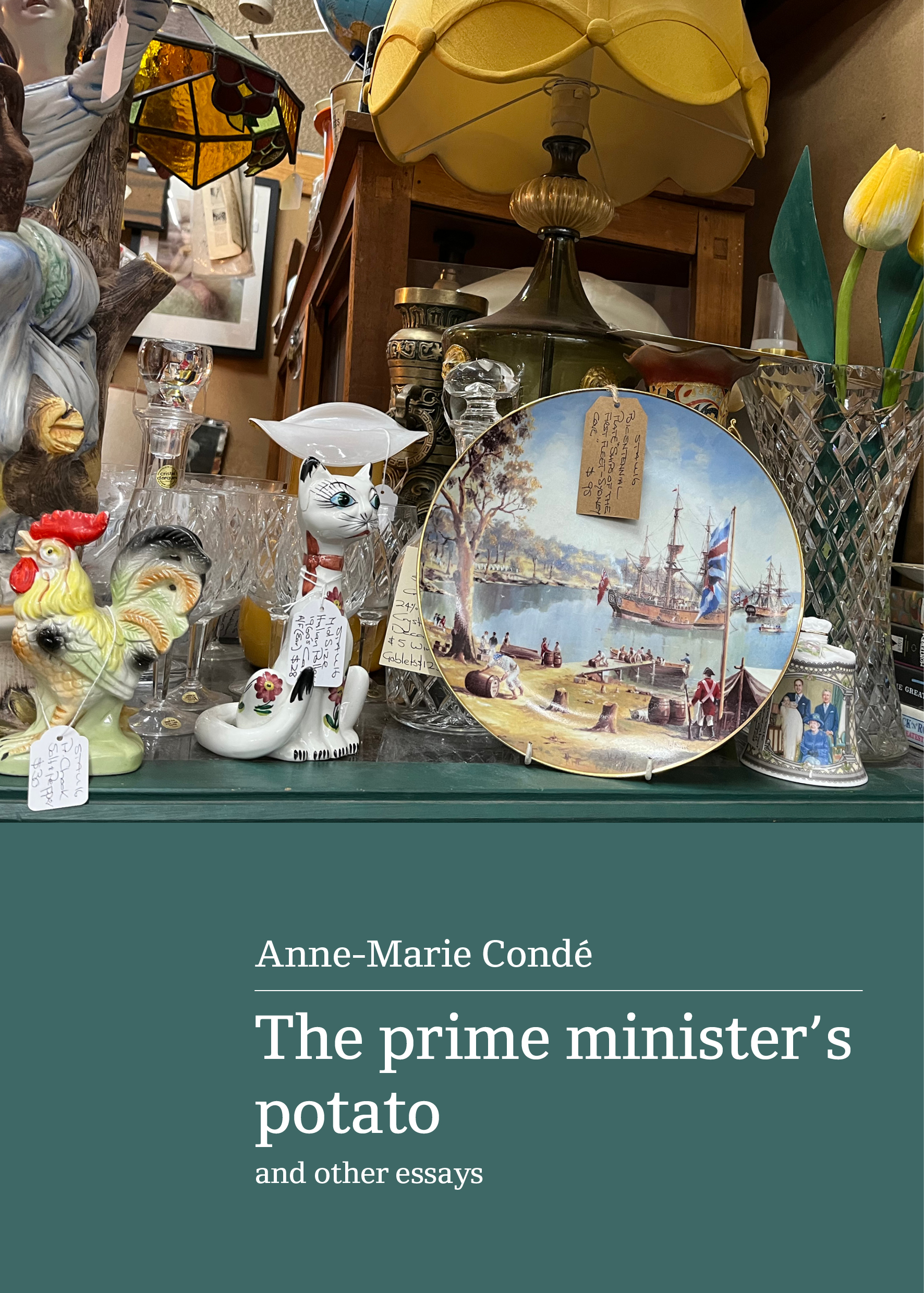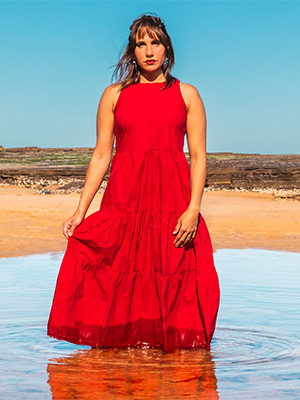A lyric future: Enabling the Sydney Opera House to fulfil its potential
The recent speech by young Swedish climate-change activist Greta Thunberg has provoked much comment and controversy. It also caused me to ponder the future of our planet and how our cultural lives will be affected by the environmental changes that will inevitably take place by the middle of the twenty-first century.
In 2006, when I was Artistic Director and CEO of the Brisbane Festival, I invited Mikhail Gorbachev, former president of the USSR, and a number of international scientists and thinkers to a World Forum in Brisbane. Called Earth Dialogues, it was directed towards sustainable development, climate change, and resource management. We conducted the Forum in association with Green Cross International, of which Gorbachev was president. And I must say Anna Bligh, who was treasurer of Queensland at the time, ensured there was enough money to support the project, and without this it would never have happened.
Earth Dialogues, held long before these issues became fashionable, was an extraordinary event. The Brisbane City Hall was packed, and the Forum generated tremendous enthusiasm and goodwill. The state government and the Brisbane City Council contributed to setting up a branch of Green Cross International in Brisbane, and there were great expectations for change. Unfortunately, this momentum dissipated over time and little was done.
Thirteen years later, there seems to be a genuine wish for change to be accelerated. Thunberg’s speech leads me to contemplate a future scenario for our cultural life in Sydney and Australia as a result of the changes to our lives that will inevitably take place because of the effects of resource management, sustainable development, and the climate crisis.
The recent changes to our public transport system, with the reintroduction of trams, point to the inevitability of inner Sydney becoming a car and bus-free zone. That could only be a good thing. The centres of most major cities in the world are free of cars and buses and are consequently healthier, cleaner, more efficient, and far more attractive.
With the current work in Sydney on the reintroduction of a tram or light rail system, I find it odd that, unlike most other major opera houses around the world, no underground railway station is being planned for the Sydney Opera House (SOH).
Ultimately, there will be no cars or buses in the Circular Quay and Opera House areas. Car parks will thus become redundant. The most obvious redundancy will be the one beneath the forecourt of the SOH. Needless to say, that car park was not part of Jørn Utzon’s original design, so the heritage argument for its preservation is not valid.
So let’s consider this. If the car park were to be removed and replaced with a state-of-the-art lyric theatre, Sydney and Australia would have not only one of the great opera houses of the world on the outside, but also on the inside. This new lyric theatre could be built without disturbing the exterior of the SOH, for the existing car park is large enough to accommodate a 2,000-seat theatre. The public would enter the main entrance of the SOH and then take an escalator or an elevator down to the new theatre. A subway stop at the Sydney Opera House would be the obvious solution to transport audiences to and from another train station or to a car park outside the CBD.
It is clear that Sydney urgently needs at least one other major theatre. The Joan Sutherland Theatre, despite the ongoing renovations, is not a twenty-first-century opera theatre. The orchestra pit is too small and the wing space facilities make it virtually impossible to present works of scale. As we all know, according to Utzon’s original design, this theatre was never intended to be an opera theatre.
Globally, there is now a genuine desire to protect the health of our planet. Creating a genuine opera theatre as part of the SOH by removing the car parking station would be a responsible action towards preserving our future culturally and environmentally.
In recent days, one of the world’s leading directors refused Opera Australia’s offer of a new production in Sydney because the Joan Sutherland Theatre is not equipped to stage a large production. As a consequence, we will now stage this production in another Australian city before it transfers to the Metropolitan Opera in New York.
Opera Australia has tripled its turnover since 2011 to $145 million in 2020. During that time OA has also tripled the size of its audience. The world’s greatest singers and conductors regularly perform with OA, which has become one of the world’s major opera companies. But the extraordinary opera houses recently built in China, for example, are far superior to the Joan Sutherland Theatre and are capable of staging the largest opera and theatre presentations in the world.
The Sydney Opera House is a magnificent work in progress, but for it to fulfil its potential it is essential that a 2,000-seat lyric theatre replaces the car park beneath the forecourt. Only then will the greatest opera house in the world be in Sydney.





